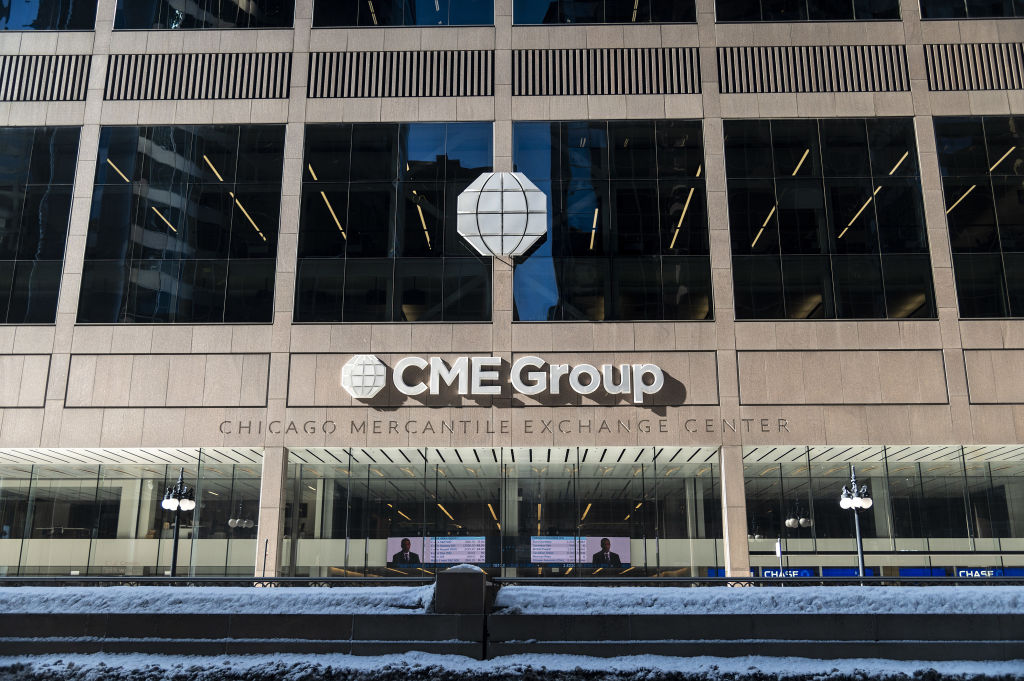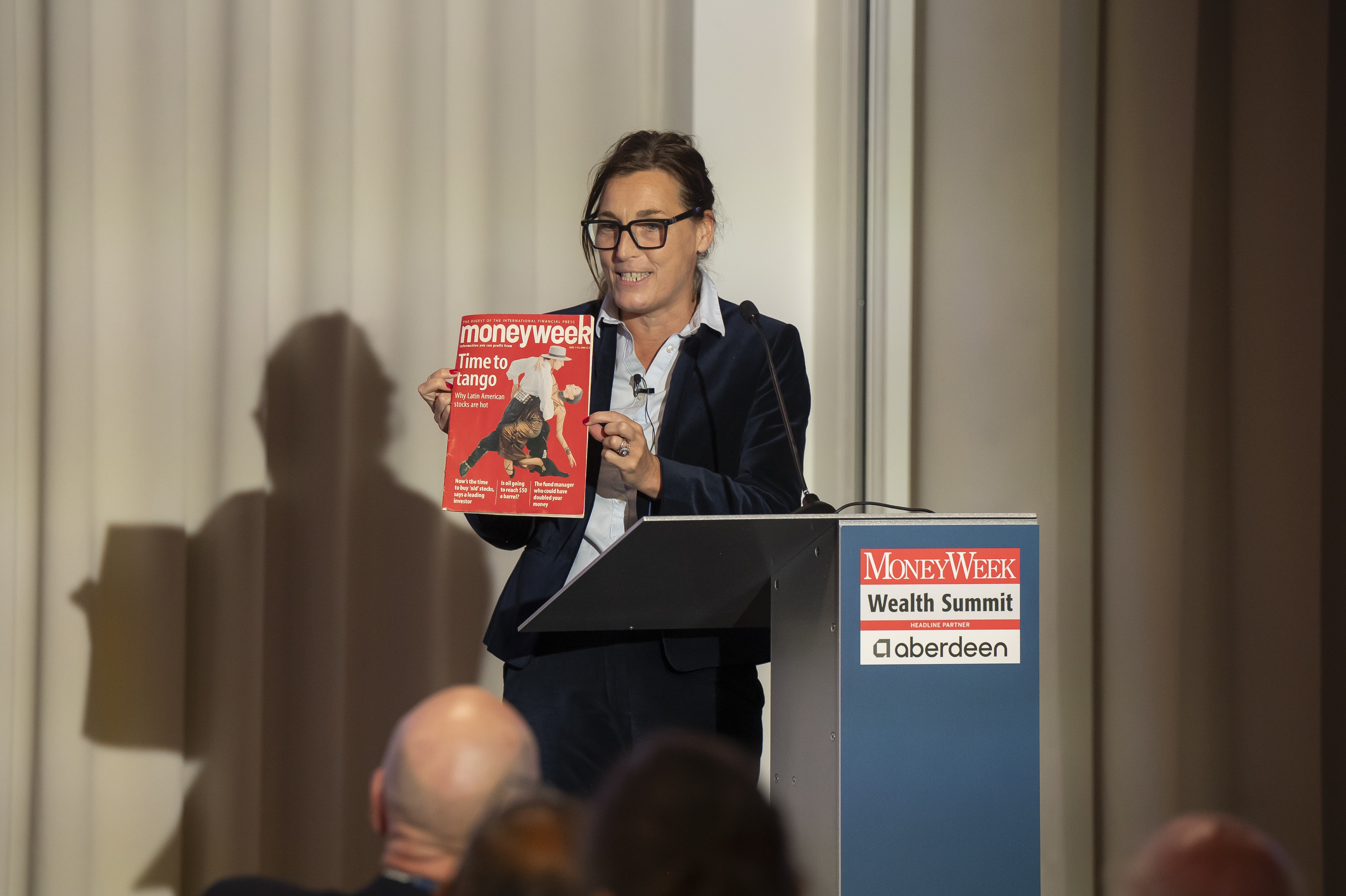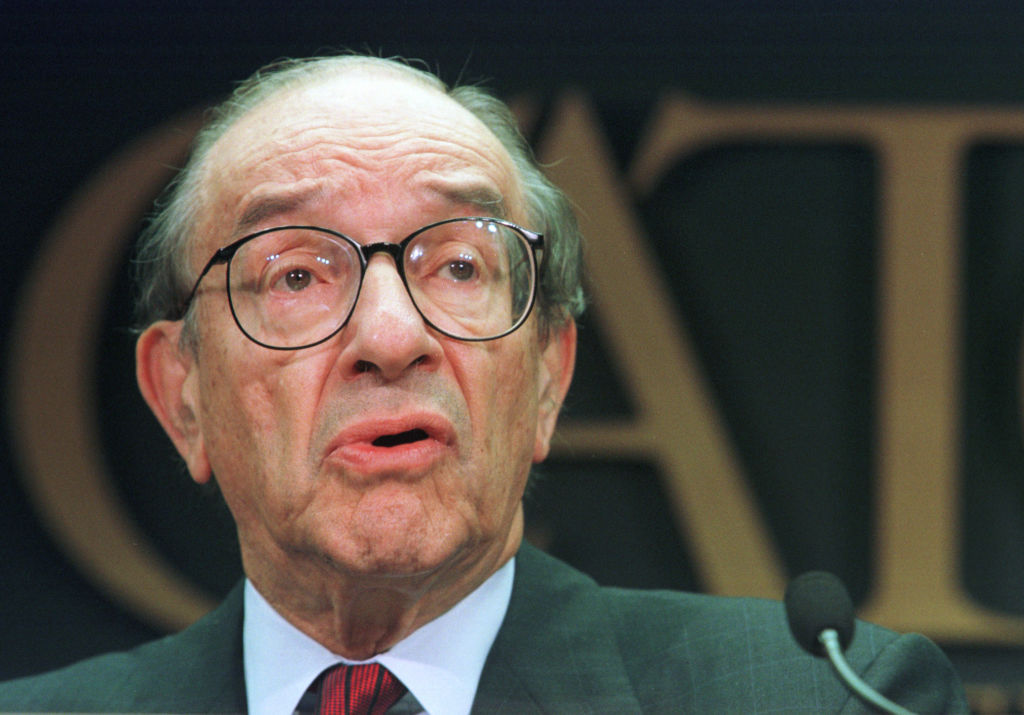Stock Markets
The latest news, updates and opinions on Stock Markets from the expert team here at MoneyWeek
Explore Stock Markets
-

Should ISA investors be forced to hold UK shares?
The UK government would like ISA investors to hold more UK stocks – but many of us are already overexposed
By Cris Sholto Heaton Published
-

Three solid British stocks going cheap
Opinion Ian Lance and Nick Purves, fund managers at Temple Bar Investment Trust, highlight three British stocks with strong cash flows and robust balance sheets
By Ian Lance Published
Opinion -

Profit from other investors’ trades with CME Group
CME Group is one of the world’s largest exchanges, which gives it a significant competitive advantage
By Rupert Hargreaves Published
-

Key lessons from the MoneyWeek Wealth Summit 2025
Our annual MoneyWeek Wealth Summit featured a wide array of experts and ideas, and celebrated 25 years of MoneyWeek
By MoneyWeek Published
-

How to find value in Asian small cap stocks
Three competing Asian investment trusts all have good records, but this one is the obvious choice at present, says Max King
By Max King Published
-

'We still live in Alan Greenspan’s shadow'
When MoneyWeek launched 25 years ago, Alan Greenspan was chairman of the Federal Reserve. We’re still living with the consequences of the whirlwind he sowed
By Jane Lewis Published
-

Go for growth: how to invest in emerging markets
Developing countries offer investors compelling long-term economic prospects, says David Prosser
By David Prosser Published
-

MoneyWeek experts' best investments for the next 25 years
MoneyWeek's experts predict the best investments for the next quarter-century. Tips range from defence and agriculture to Vietnam and Jardine Matheson
By MoneyWeek Published
-

How to navigate the ups and downs of investment markets
Max King has spent over 40 years managing a fund and investing privately. Here are the key lessons he has learnt
By Max King Published
